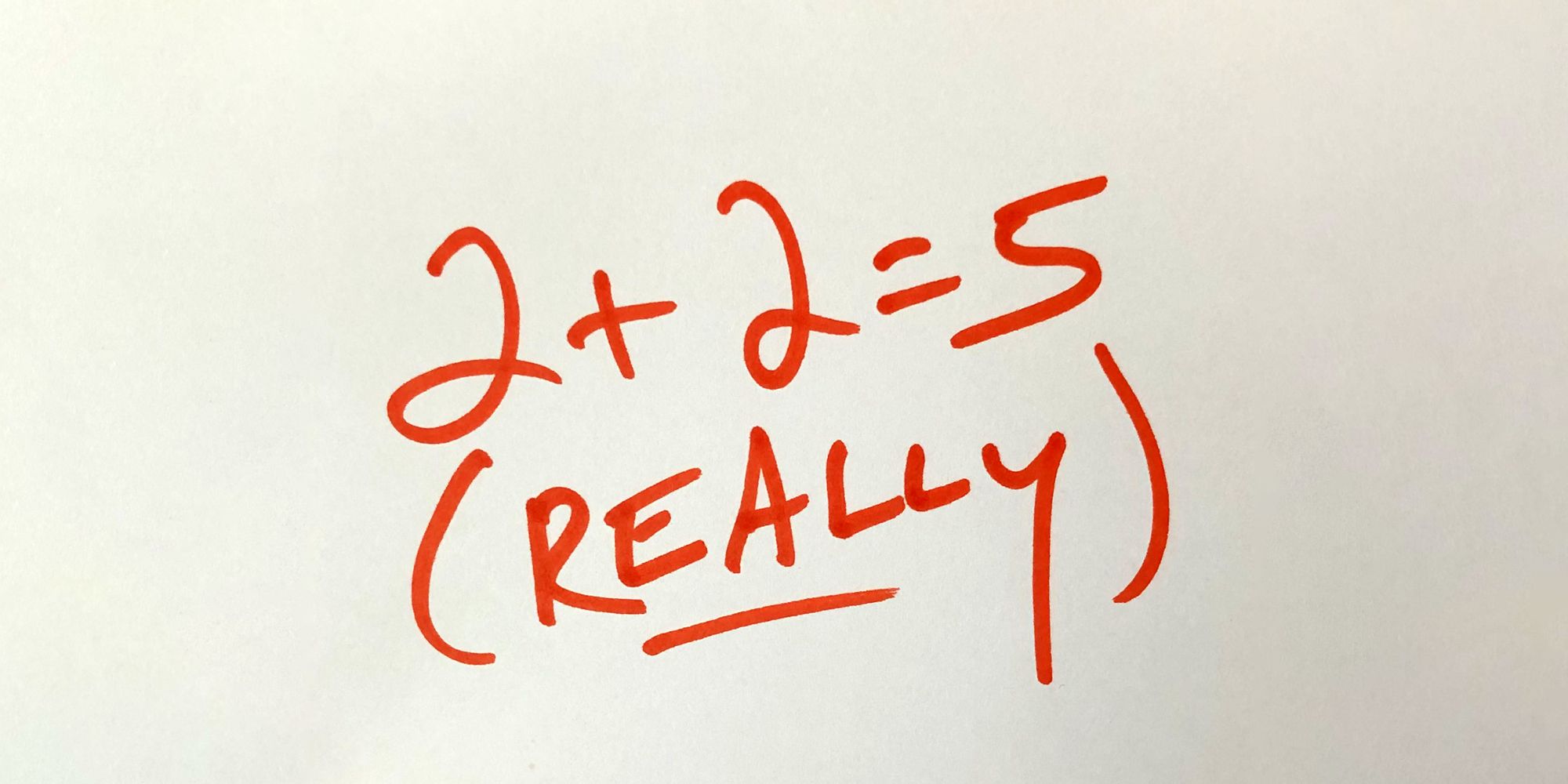

Mechanistic models are specifically formulated to provide insight into a chemical, biological, or physical process that is thought to govern the phenomenon under study. Models of primary importance to us are mechanistic models. "The objective of curve fitting is to theoretically describe experimental data with a model (function or equation) and to find the parameters associated with this model. (Special relativity is deductive so tweaking is unthinkable - you cannot introduce changes not deducible from the postulates.) Non-deductive models in physics are essentially equivalent to the "empirical models" defined here: Guth doesn't realize that his counterargument is ridiculous and that he actually confirms the thesis of the critics? Strange.īy the way, tweaking the parameters in endless ways until you get anything you want is only possible for non-deductive models - e.g. "Each model makes specific predictions, and can be tested with precision by the traditional methods of empirical science," says Guth, now at MIT." The key is to figure out which model of inflation is right - if any - and not to prove or falsify all of them all in one fell swoop. It's not a single model, they insist - it's a class of models, a sweeping principle, a paradigm from which individual models can be derived and then tested. But supporters argue that this shows a fundamental misunderstanding of what inflation is. In other words, the critics say, go out and measure almost anything and someone will say, "hey, that's evidence for inflation." Theories that can predict anything predict nothing. "So what about the second criticism, that inflation is too flexible to be tested? It's true that while the idea behind inflation is simple, its parameters can be tweaked in seemingly endless ways.


 0 kommentar(er)
0 kommentar(er)
